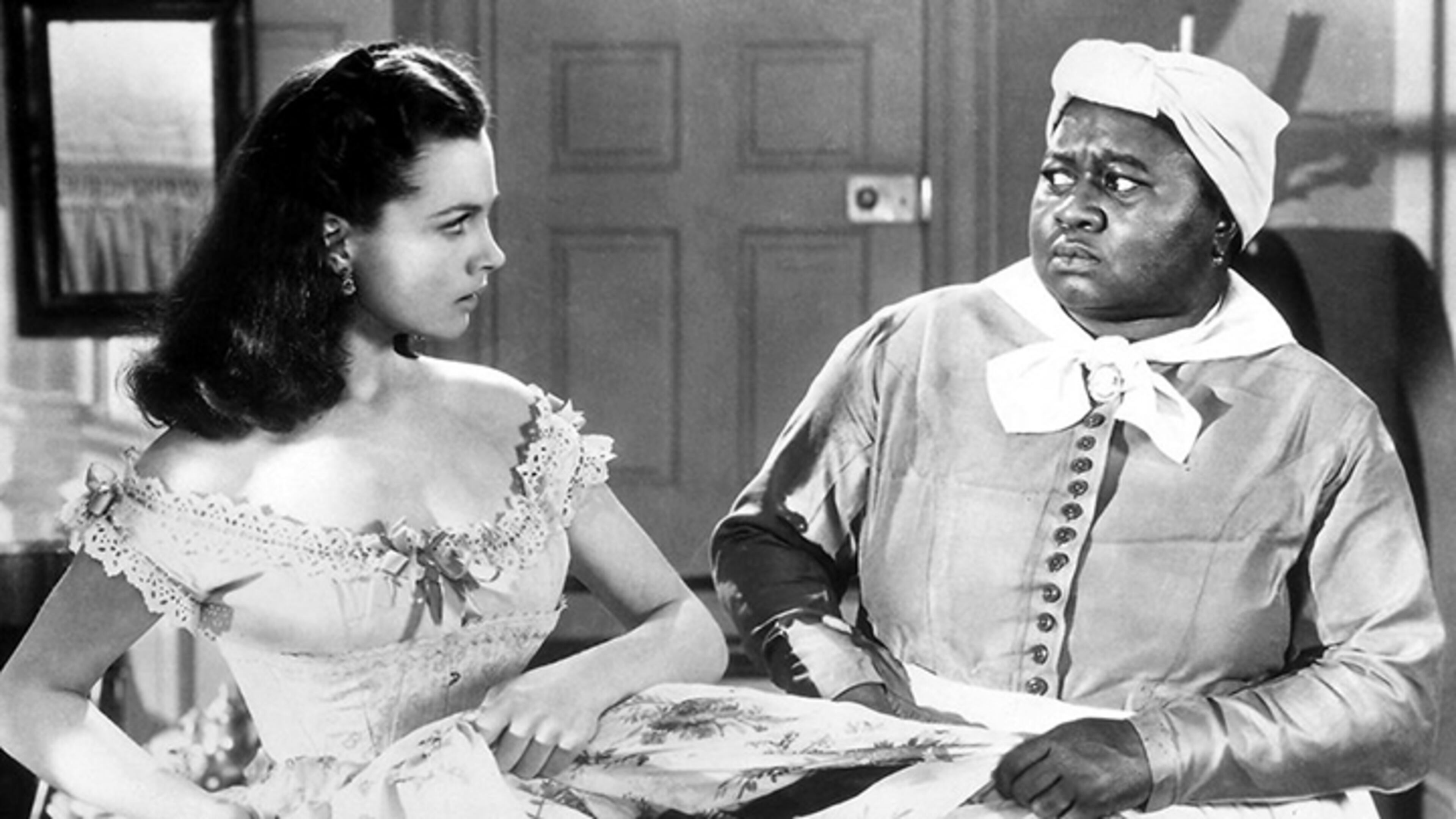This Atlanta writer is “Done With The Wind”

I have a confession. Until last week I had never seen “Gone With The Wind.”
I have lived in Atlanta since 1997 and have constantly been reminded of this so-called cinematic classic, considered by many to be a masterpiece.
But I purposely avoided it because I didn’t want to succumb to a glorified version of the genteel Old South in exchange for painful racial stereotypes and the human oppression that created it.
You see, although I have strong Southern roots from North Carolina, I was born in Brooklyn into a predominantly black family. I am one of the Yankees so despised in the film. And a black one at that.
Last week I took a Civil War tour through Oakland Cemetery for a series of stories and videos on the 150th anniversary of the Battle of Atlanta. We visited the grave of Margaret Mitchell, the former Atlanta Journal reporter who wrote the Pulitzer Prize-winning novel on which the 1939 movie was based. The book, first published in 1936, is based largely on firsthand stories of the Old South that Mitchell, born in 1900, learned at the feet of her relatives.
I became intrigued with her story, having spent the last two years watching “Django Unchained” and reading everything I could get my hands on about “12 Years a Slave.” Why not give “Gone With The Wind,” this most celebrated of Civil War-era movies, a chance?
But 10 seconds in, all of my fears and reservations were validated about the film the Chicago Defender, an African-American news weekly, at the time called a "weapon of terror against black America."
The title card reads: “Margaret Mitchell’s story of the Old South,” and shows a rich crop beneath a purple sky. Dusty slaves, dutifully tending the soil, occupy every neat row.
Is this all the Old South was?
Yes, I understand that depictions of racial stereotypes were still common in movies in 1939.
But I wanted to get a glimpse of why — at least among Southern whites — this particular film endures as a beloved American masterpiece 75 years later.
It is beautifully shot, particularly in the first half, where expansive landscapes are bathed in reds, yellows and oranges. The railroad’s role in making Atlanta a hospital town is clear. The climactic burning of Atlanta is wonderfully done. And Vivien Leigh, as the manipulative Scarlett O’Hara, and Clark Gable, as the dashing Rhett Butler, play off each other perfectly.
So why did I end up hating it?
Here’s why: Because this movie is racist, condescending and dismissive of blacks. Slavery is such an afterthought that I don’t recall it being mentioned as a reason for the war in the first place.
The four principal black characters are Scarlett’s slaves, Mammy, Prissy, Pork and Big Sam, whose real names are never known.
All radiantly accept their sorry lot, and even when emancipation comes they stay and protect Scarlett. They love their masters and hate their Yankee liberators. Totally uninterested in freedom.
To be fair, GWTW is not the most racist movie I have ever seen. That distinction goes to D.W. Griffith’s “Birth of a Nation.”
That 1915 film also chronicles the Civil War and Reconstruction, portraying blacks as illiterate savages, eager to rape white women. The blacks, having gained political power during Reconstruction, are shown at their chamber desks with their shoes off, drinking liquor and eating fried chicken and watermelon. Hellbent on passing legislation legalizing interracial marriage.
President Woodrow Wilson showed “Birth of a Nation” in the White House, saying: “It is like writing history with lightning. And my only regret is that it is all so terribly true.”
The film’s imagery — with cross-burnings and white-robed Ku Klux Klansmen — was so powerful that a few months after its release, the KKK, which had been all but dead, was resurrected atop Stone Mountain.
But while “Birth’s” racism is broad, GWTW’s is scary in its nonchalance.
Black characters in the movie are treated like pets, happy to serve and obey their literal masters:
- Scarlett and her girlfriends nap as young female slaves fan them.
- Mammy, portrayed by Hattie McDaniel (who won an Oscar for the role, becoming the first African-American to win an Academy Award), alternates between scolding the spoiled Scarlett and protecting her mistress's white purity. In a scene so subtle you might miss it, Mammy beats off a crowd of free black men and calls them "trash" for looking at Scarlett.
- Pork, the dim-witted "House Negro" played by Oscar Polk — who was amazing three years prior as the angel Gabriel in the black-themed film "The Green Pastures" — feels unworthy of accepting his dead master's watch as a gift.
- Big Sam, the smiling "Field Negro," is gleeful about being field foreman and resolute in his desire to "stop dem Yankees."
And then there is Prissy, the daft “Slave Child,” described by Rhett as a “simple-minded darkie.” Played by Butterfly McQueen, she lies, screeches and cries on cue, coming off as slyly subversive. I liked her.
Another title card in the opening credits reads: “There was a land of Cavaliers and cotton fields called Old South. Here in this pretty world gallantry took its last bow. Here was the last ever to be seen of knights and their ladies fair, of master and of slave … Look for it only in books for it is no more than a dream remembered. A civilization gone with the wind.”
I am glad such a civilization is gone. And as for one of the most revered films in history, its depiction of African-Americans is neither pretty nor gallant and should be reviled.
When I finished watching, I placed the DVD on the shelf, likely never to be viewed again.
I needed cleansing.
I put in “Django.”


